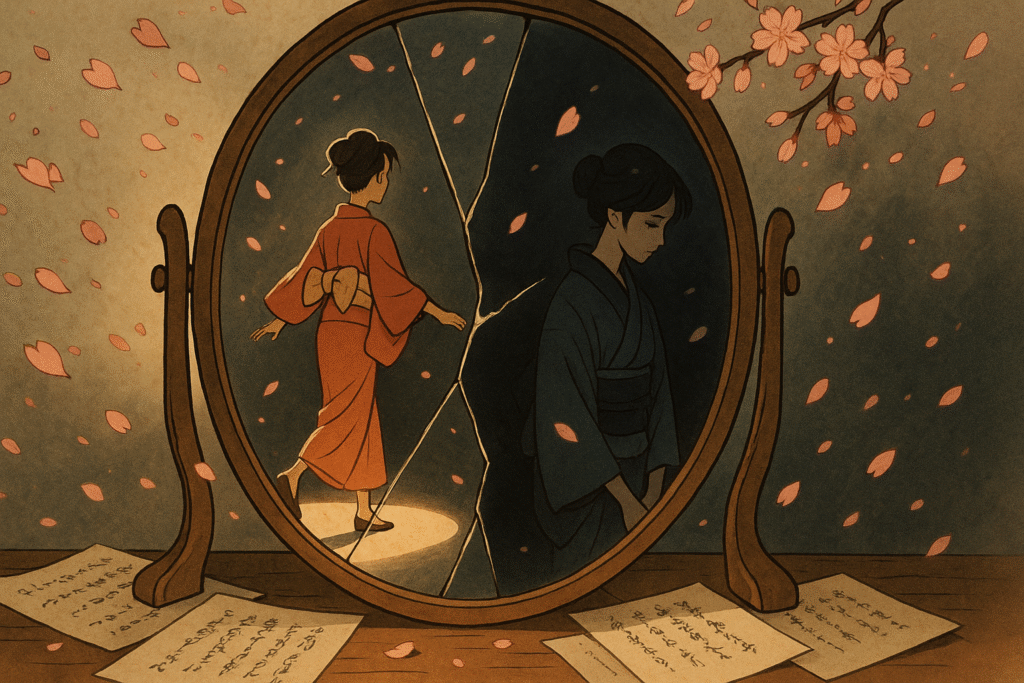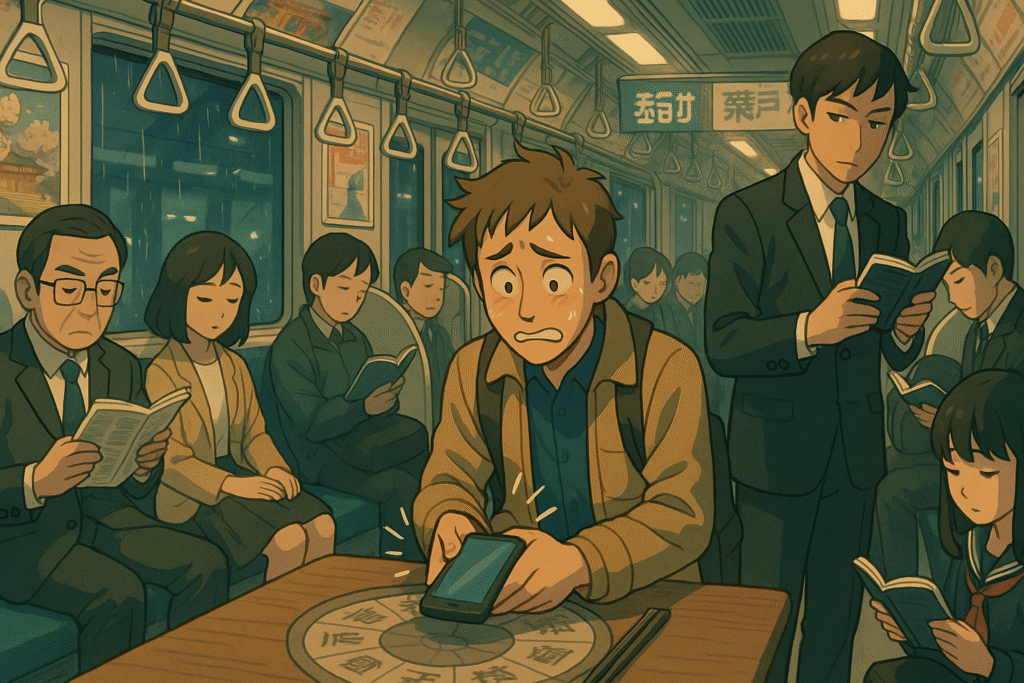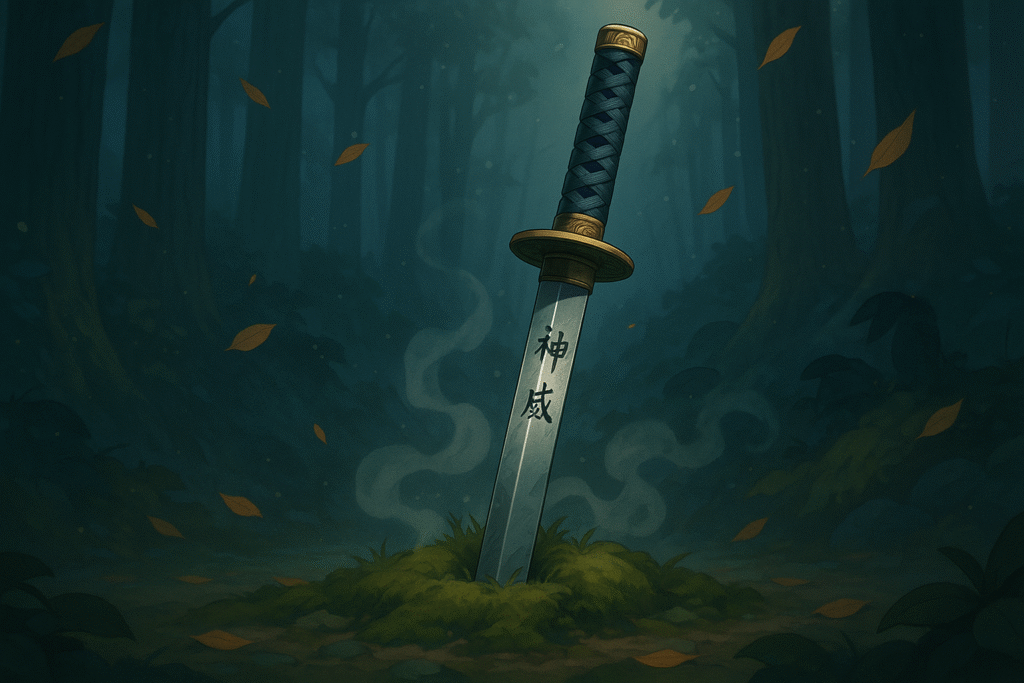Have you ever finished reading a compelling novel only to wonder how much of it was based on reality? Memoirs of a Geisha captivated millions of readers worldwide, offering a glimpse into the secretive world of geisha in pre-WWII Japan. But as the controversy surrounding the novel reveals, the line between fiction and reality isn’t always clear. This article explores the fascinating truth behind Arthur Golden’s bestselling novel and the real geisha who inspired it.
The Controversy: Fiction vs. Reality
Arthur Golden’s Memoirs of a Geisha took the literary world by storm when it was published in 1997, later becoming a major motion picture in 2005. The novel tells the story of Chiyo Sakamoto, who becomes the renowned geisha Sayuri Nitta. While the book reads like an authentic memoir, it is, in fact, a work of fiction.
But here’s where things get interesting: Golden based his novel on interviews with a real-life geisha named Mineko Iwasaki. What followed was a clash between the author’s fictional portrayal and the reality of Iwasaki’s life, leading to a lawsuit and ultimately, Iwasaki publishing her own autobiography, Geisha, a Life.
The short answer: No, Memoirs of a Geisha is not a true story. It is a fictional novel inspired by interviews with a real geisha, but many elements were dramatically altered or invented by the author.
Who Was the Real Geisha Behind the Story?
Mineko Iwasaki was one of Kyoto’s most successful geiko (the Kyoto term for geisha) during the 1960s and 70s. Unlike the character Sayuri, Iwasaki:
- Was not sold to a geisha house as a child
- Chose to become a geisha of her own free will
- Never had her virginity auctioned off (a practice called “mizuage” that Golden depicted)
- Came from a relatively respected family, not impoverished circumstances
As Iwasaki herself stated in interviews following the publication of Golden’s novel: “Everything is wrong.” She was particularly upset about Golden’s portrayal of geisha as essentially high-class prostitutes, a misconception she had worked to dispel throughout her career.
The Mizuage Controversy: What Golden Got Wrong
One of the most contentious aspects of Memoirs of a Geisha is its portrayal of “mizuage” as the ritual selling of a young maiko’s (apprentice geisha) virginity to the highest bidder. In the novel, this scene is pivotal to Sayuri’s story.
However, according to Iwasaki and historical records, this is a misrepresentation. By the time period in which the novel is set, mizuage had evolved into a coming-of-age ceremony marking a maiko’s transition to full geisha status. While mizuage did have sexual connotations in earlier periods among certain classes of courtesans, by the 20th century, it was primarily ceremonial for geisha.
This mischaracterization particularly enraged Iwasaki, who felt it perpetuated harmful Western stereotypes about geisha culture.
Want to explore Japan’s culture?
Discover Japan’s rich culture, traditions, and hidden gems with our expertly crafted guides. Get insider tips on travel, food, and history. All for free!
The Daily Life of a Real Geisha
In Geisha, a Life, Iwasaki provides detailed accounts of her daily routine that contrast sharply with Golden’s more romanticized version:
- Rigorous training in traditional arts (dance, music, conversation)
- Strict rules and protocols governing behavior
- Long working hours entertaining at teahouses and events
- Complex business relationships with patrons that weren’t necessarily romantic
As explained in our comprehensive guide on Japanese culture, geisha were professional entertainers highly skilled in traditional arts, not prostitutes or courtesans. This distinction is crucial to understanding the real story behind Memoirs of a Geisha.
The Lawsuit and Aftermath
Golden had promised Iwasaki anonymity when interviewing her for his research. However, not only did he reveal her identity in his acknowledgments, but he also attributed practices to geisha that Iwasaki vehemently denied.
This breach of trust led to Iwasaki filing a lawsuit against Golden in 2001, claiming breach of contract and defamation. The lawsuit was eventually settled out of court, with Iwasaki receiving an undisclosed sum.
More importantly, it prompted Iwasaki to tell her own story. Her autobiography Geisha, a Life (published in 2002) presents a much different picture of geisha life than Golden’s fictional account.
Comparing the Two Books
Both books offer fascinating glimpses into the world of geisha, but with key differences:
| Memoirs of a Geisha (Golden) | Geisha, a Life (Iwasaki) |
|---|---|
| Fictional narrative | Autobiographical account |
| Dramatic, romanticized storyline | More mundane, day-to-day reality |
| Emphasizes rivalry and cruelty | Acknowledges competition but also sisterhood |
| Focuses on romance and sexual elements | Downplays sexual aspects, focuses on artistry |
| Written with Western audience in mind | Written to correct misconceptions |
The Value of Both Perspectives
Despite its inaccuracies, Memoirs of a Geisha has undeniable literary merit. Golden’s novel brought worldwide attention to Japanese culture and sparked interest in the geisha tradition among many who might otherwise never have encountered it.
Meanwhile, Iwasaki’s autobiography provides valuable historical context and corrects misconceptions, offering an authentic insider’s perspective on a traditionally closed world.
Cultural Misunderstandings and Western Bias
The controversy surrounding Memoirs of a Geisha highlights how Western perceptions of Japanese traditions are often filtered through cultural biases. The immediate association of geisha with sexual services reflects a limited understanding of their cultural significance.
Similar misconceptions frequently occur with other aspects of Japanese culture, as we’ve discussed in our articles on anime’s visual language and other cultural phenomena.
For those interested in developing a deeper understanding of Japanese language and culture, our Learn Japanese guides offer free resources to help you appreciate these nuances better.
The Legacy of Both Books
Today, both books continue to be read and discussed. Golden’s novel remains a bestseller and introduced millions to aspects of Japanese culture, while Iwasaki’s autobiography provides an important counterbalance and historical correction.
The controversy offers valuable lessons about the complexities of cross-cultural storytelling and the importance of authentic representation.
FAQ: Common Questions About Memoirs of a Geisha
Q: Was Sayuri a real person? A: No, Sayuri is a fictional character created by Arthur Golden, though she was inspired by real-life geisha Mineko Iwasaki.
Q: Did geisha really sell their virginity? A: No, by the 20th century, mizuage was primarily a ceremonial coming-of-age ritual for maiko becoming full geisha, not a virginity auction as portrayed in the novel.
Q: Why did Mineko Iwasaki sue Arthur Golden? A: Iwasaki sued Golden for breach of contract and defamation after he revealed her identity despite promising anonymity and for attributing practices to geisha that she considered false and damaging.
Q: Is Geisha, a Life more accurate than Memoirs of a Geisha? A: As an autobiography by someone who lived as a geisha, Geisha, a Life provides a more historically accurate account, though some critics suggest it may downplay certain aspects of geisha life.
Conclusion: Fiction, Reality, and Cultural Understanding
Memoirs of a Geisha is not a true story, but a work of fiction inspired by the life of a real geisha. The novel takes significant artistic liberties with the reality of geisha life and culture, creating a romanticized narrative that, while compelling, perpetuates certain misconceptions.
For those truly interested in understanding geisha culture, reading both Golden’s novel and Iwasaki’s autobiography offers the most complete picture. Each work has its own merits and limitations, and together they illustrate the complex relationship between fiction, reality, and cultural representation.
If you’re fascinated by Japanese culture and language, why not dive deeper with our comprehensive free Japanese language guides?
The controversy around Memoirs of a Geisha reminds us that the most compelling stories often exist at the intersection of fact and fiction – and that sometimes, the truth is just as fascinating as the tale.
Love Japan? Stay in the Loop!
Get the best of Japan straight to your inbox: language, culture & travel insights!




